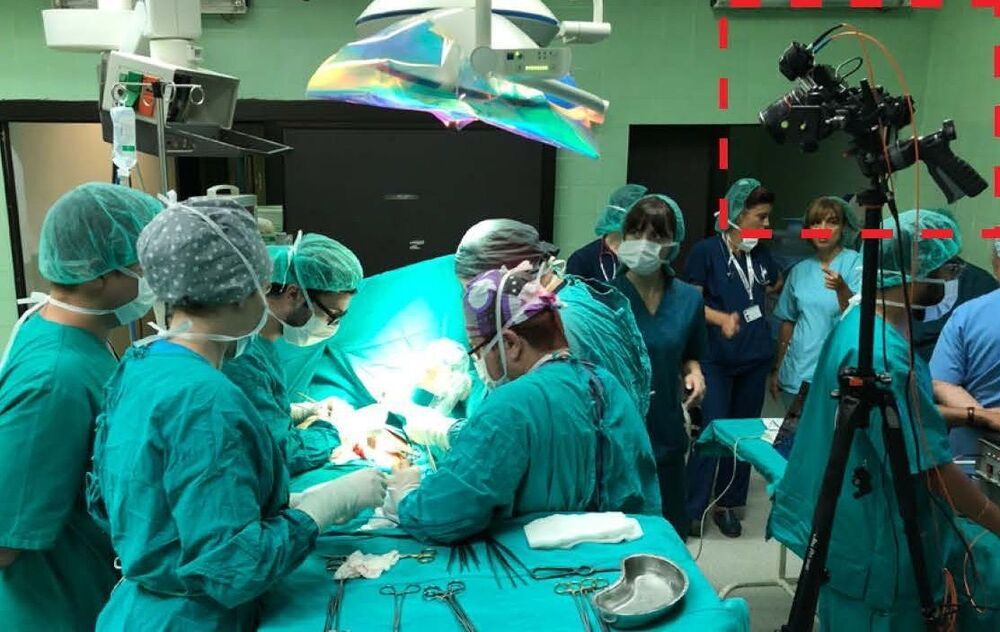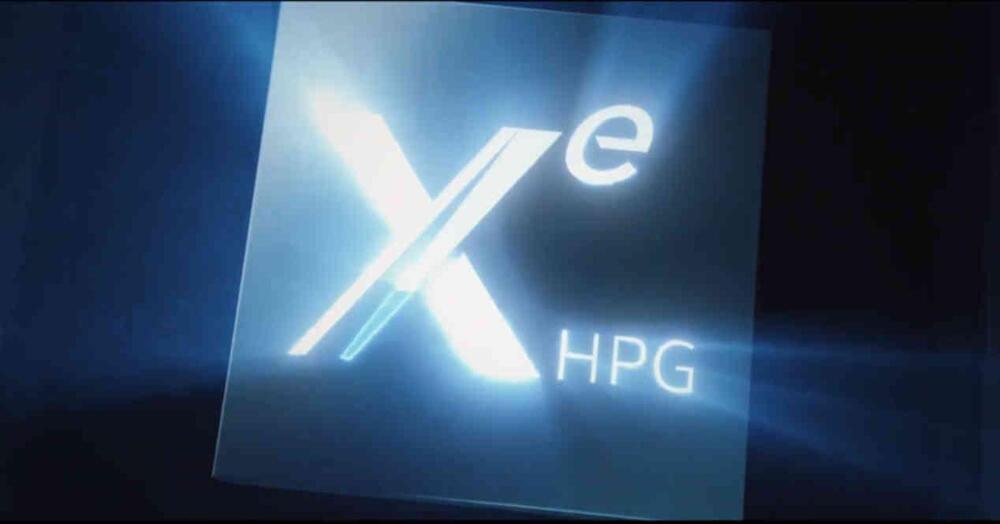Inspired by the mantis shrimp visual system, researchers have built a camera that helps cancer surgeons see the unseen.
How to opt out of Amazon Sidewalk
Posted in futurism
Echo and Ring users have just under a week to disable the new Amazon Sidewalk shared network feature.
NASA is returning to sizzling Venus, our closest yet perhaps most overlooked neighbour, after decades of exploring other worlds.
The US space agency’s new administrator, Bill Nelson, announced two new robotic missions to the solar system’s hottest planet, during his first major address to employees.
“These two sister missions both aim to understand how Venus became an inferno-like world capable of melting lead at the surface,” Nelson said.
A bit early, (or a lot late 🙂) but I love this post. Beverage warnings apply:
In a world where many blogs and websites are shutting down comment threads, I think we all need the occasional reminder of why we permit comments. Sure, you often learn something new from other people’s inputs, and sometimes get corrected when you step beyond the limits of your actual knowledge-base too far. But sometimes you read a comment that’s so brilliant, you just have to look up the commenter’s email, and beg them for permission to repost their work of art. This was one of those times.
Circa 2015
Monkey and rat limbs are being grown in the lab by teams hoping to one day grow human organs and limbs for use as transplants.
La Intel Xe-HPG cada vez es más real y después de varios rumores se han podido ver las primeras imágenes de esta GPU gaming.
The dynamics of water molecules at interfaces controls natural and artificial processes, but experimental investigations have been challenging. Here the authors investigate water molecules on a graphene surface using helium spin-echo spectroscopy, and reveal a regime where freely mobile molecules undergo strong repulsive mutual interactions which inhibit ice nucleation.
Consolidation theories posit that memories gradually change in nature over time. Here the authors use a simple, feature-based reaction time task to show that with time and repeated remembering, access to conceptual features is preserved over perceptual detail, reflecting this qualitative change.
Some sellers are unhappy with the changes that put payments straight into bank accounts.
Full article available at: https://www.regenerativemedicinedaily.com/parasitic-worms… See More.
Humanity has a long and turbulent history with parasites, even today many parts of the world still struggle with rampant parasitic infections, with pathogens such as the malaria parasite claiming hundreds of thousands of lives every year. By their very nature parasites are harmful to our bodies, or at least that has been the prevailing opinion within the scientific community for as long as we have known of their existence. However, the malicious evolution of parasites might very well have produced a positive side effect which we are only just starting to notice.









